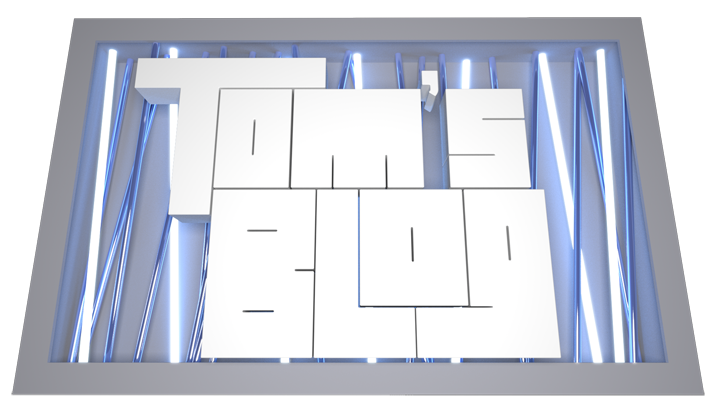Below is what I've found about being able to add custom menus and importing scripts into Houdini (for use on shelf buttons etc).
Setting up the houdini.env file
The houdini.env file is exactly like Maya's maya.env file.
You'll find in:
$HOME/houdini18.5/houdini.env
aka
~/houdini18.5/houdini.env
The official documentation about this is here
Adding python modules
Super simple. Just add the path(s) to where your code modules are to the PYTHONPATH env var in the houdini.env file. Separate each path with : or ; (both should work although : is more linux-y)
eg:
PYTHONPATH=/path/to/my/custom/scripts:/other/path/to/scripts
The official documentation about this is here
Adding custom menus
This is more fiddly. The official documentation about this is here
Firstly you need to set the HOUDINI_MENU_PATH in your houdini.env to point at where your menu's are, and you must make sure to use the :& after you put the path in, otherwise it will only load the menu that you've created there. See the examples below:
This will only load the menu's you've set in that path
HOUDINI_MENU_PATH=$HOME/path/to/menus
This will effectivly append your menu to the default set of menus
HOUDINI_MENU_PATH=$HOME/path/to/menus:&
Nb: if you do this:
HOUDINI_MENU_PATH=&:$HOME/path/to/menus
Then your menu will be inserted before any other menus (so i'll appear on the left-most side of the menu bar, before the "File" menu.
Menu files are xml files that have to have specific names, and syntax that's detailed in the documentation linked above.







